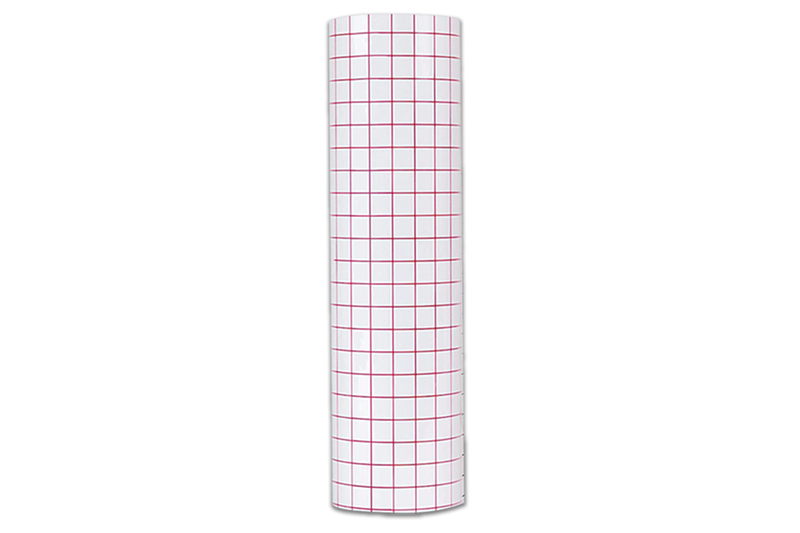Transfer tape is composed of several key materials that work together to provide its adhesive properties, strength, and functionality. Here is a comprehensive overview of the material composition of transfer tape:

1. Adhesive: The adhesive is the primary component of transfer tape, responsible for creating the bond between the tape and the substrate. Various types of adhesives can be used in transfer tape, including acrylic, rubber-based, or silicone-based adhesives. These adhesives are formulated to provide specific properties such as bonding strength, tackiness, temperature resistance, and durability.
2. Carrier Film or Liner: The carrier film or liner is the backing material that holds the adhesive layer in transfer tape. It provides stability to the tape and facilitates the handling and application process. The carrier film can be made from materials like polyester, polypropylene, or paper. The choice of carrier film depends on the specific requirements of the application, such as flexibility, strength, or transparency.
3. Release Liner: In some cases, transfer tape may have a release liner, which protects the adhesive layer until it is ready for use. The release liner is typically made of paper or film and is coated with a release agent that prevents the adhesive from sticking to the liner. The release liner is removed during the application process, allowing the adhesive to bond to the substrate.
4. Coatings and Additives: Transfer tape may include coatings or additives to enhance its performance characteristics. For example, a release coating may be applied on the carrier film to facilitate the easy release of the adhesive. Other additives can be incorporated to improve properties like UV resistance, moisture resistance, or flame retardancy, depending on the specific application requirements.
5. Protective Film or Packaging: To protect the transfer tape during storage and transportation, a protective film or packaging material may be used. This film or packaging material safeguards the tape from physical damage, contamination, or exposure to moisture or UV light.
It's important to note that the exact material composition of transfer tape can vary depending on the manufacturer, product specifications, and intended application. Manufacturers may have proprietary formulations or use specific materials to meet the unique requirements of their transfer tape products.
The careful selection and combination of these materials in transfer tape manufacturing ensure the tape's adhesive properties, strength, durability, and functionality. The material composition plays a crucial role in determining the performance and suitability of transfer tape for a wide range of applications, including bonding, labeling, assembly, and packaging.
Kenteer is producing transfer tape , please contact us if you need cooperation.
